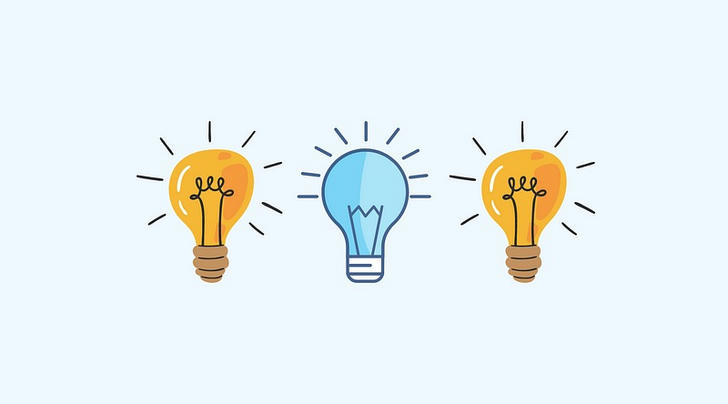Embrace Lifelong Learning Crafting Personalized Learning Pathways
In a world where technology, industry standards, and job roles evolve at unprecedented speeds, committing to lifelong learning is no longer optional; it’s essential. Personalized learning pathways empower individuals to identify skill gaps, select targeted courses, and integrate continuous development into busy lives. This article explores strategies for crafting a bespoke education plan, leveraging diverse resources, and sustaining motivation over the long term.

Defining Your Learning Objectives
Begin by conducting a self-assessment to pinpoint current competencies and desired growth areas. Use tools like SWOT analysis to evaluate strengths, weaknesses, opportunities, and threats. Translate insights into SMART goals—specific, measurable, achievable, relevant, and time-bound—to guide course selection and progress tracking.
Mapping Out Your Pathway
A personalized pathway typically combines multiple learning modalities:
- Structured Programs: formal courses from accredited institutions or MOOC platforms
- Microlearning Modules: short lessons or tutorials focused on discrete skills
- Mentorship and Coaching: one-on-one guidance to provide feedback and accountability
- Practical Projects: hands-on assignments that apply new concepts to real-world scenarios
Document your plan in a learning map, noting milestones, resource links, and evaluation criteria.

Selecting the Right Resources
Diverse platforms cater to different needs:
- Academic Platforms: Coursera, edX, and Udacity for degree and certificate programs
- Skill-Based Platforms: LinkedIn Learning and Pluralsight for professional development
- Open Resources: YouTube tutorials, podcasts, and industry blogs for free, informal learning
- Local Workshops: community colleges, libraries, and meetup groups for face-to-face interaction
Consider cost, time commitment, accreditation, and peer reviews when choosing resources.
Integrating Learning into Daily Life
Balancing work, family, and education requires deliberate scheduling. Adopt techniques such as:
- Time Blocking: allocate dedicated slots each week for study sessions
- Pomodoro Method: break study time into focused intervals with short breaks
- Learning Sprints: intensive short-term bursts to master specific topics
- Social Accountability: join study groups or learning communities to stay motivated
Regularly review and adjust your plan based on progress and changing priorities.
Measuring Progress and Staying Motivated
Use quantitative and qualitative metrics:
- Skill Assessments: pre- and post-course tests to gauge knowledge gains
- Project Deliverables: completion and quality of practical assignments
- Reflection Journals: record daily insights, challenges, and achievements
Celebrate milestones and reward yourself for consistency to sustain momentum.
Adapting to Industry Trends
Stay informed about emerging skills and certifications through:
- Professional Networks: industry associations and LinkedIn groups
- Conferences and Webinars: events showcasing cutting-edge developments
- Thought Leadership: subscribe to newsletters and follow influencers in your field
Periodically revise your learning map to incorporate new priorities and opportunities.

Overcoming Common Challenges
Lifelong learners often face obstacles such as time constraints, information overload, and burnout. Mitigate these by:
- Setting realistic expectations and prioritizing high-impact skills
- Curating a focused resource list to avoid distraction
- Scheduling regular breaks and wellness activities to recharge
Seek peer support or professional coaching when motivation dips.
Case Study: A Career Pivot Success
Consider Jane, a marketing professional who transitioned into data analytics. She:
- Identified analytics as a growth area based on job market research
- Completed modular courses on SQL, Python, and visualization tools
- Joined a data science bootcamp for intensive project work
- Secured a mentor through an online learning community
- Landed a junior data analyst role within eight months
Her structured plan and consistent effort led to a smooth and successful pivot.
FAQs
How often should I update my learning pathway? Review quarterly or after completing major milestones. What if I can’t afford paid courses? Explore scholarships, employer sponsorships, or free open-source materials. Can I combine multiple career goals? Yes—design parallel tracks but limit simultaneous focus to two or three competencies at a time.
Embracing lifelong learning is a transformative journey. By defining clear objectives, mapping personalized pathways, and leveraging varied resources, you can stay ahead in a dynamic job market and achieve lasting career fulfillment.
